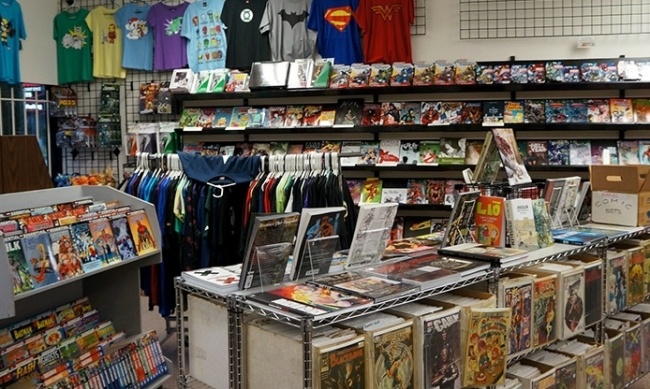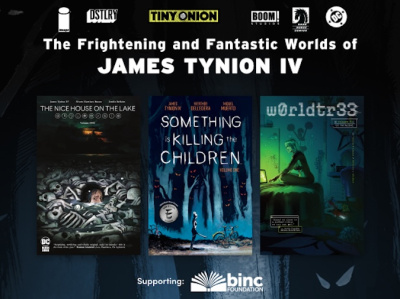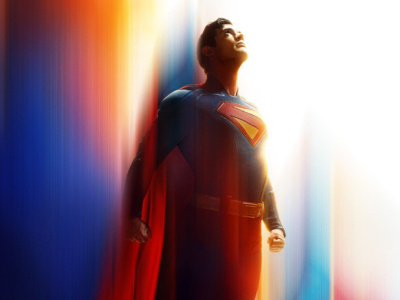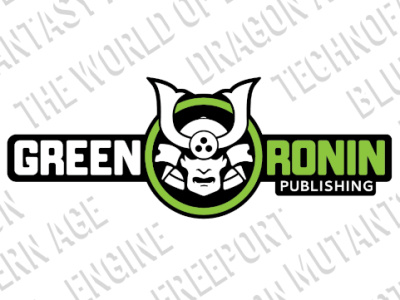2017, at least for me, was a year in which escapist entertainment went from being an aesthetic preference to a psychological necessity. The art, story and culture of comics have been a reliable retreat from the chaos of the world at large. But the institutions that keep our pocket nerd universe special are fragile; the trends that I enjoy may be fleeting. That’s why I’d like to take a moment during Thanksgiving week to take note of the parts of geek culture I appreciate, for as long or as briefly as they endure.
Light-hearted comic-based media. Nearly two decades into the Superhero Hollywood Blockbuster era, comic movies and TV shows have finally let their hair down a little bit, and that’s mostly a good thing. The specter of “campy Batman” has hovered over the genre forever, a cautionary example of what can happen when producers lean too hard on the admittedly-ridiculous qualities of grown men running around in costumes fighting crime, while ignoring the mythic grandeur that makes fans eager to suspend disbelief. As a result, we got a lot of very serious takes on superheroes – some excellent, some not. When we got humor, it was of the “inside-joke” variety, designed more to signify solidarity with hardcore fans than to provoke general laughs.
Then this year, we got Guardians of the Galaxy 2 and Thor, both of which got laughs from characters and situations, just like actual comedies. This wasn’t fan humor – sorry, Deadpool – it was just humor. And most of it worked, without taking away anything from the epic qualities of the movies. That’s not just a tonal shift. It’s an indication that superheroes as a mainstream genre have transcended the “please take me seriously” insecurities that come with sitting at the popular kids’ table and are becoming a more diverse and flexible vehicle for telling different kinds of stories. I hope these kinds of projects keep making money so we can see more of them, because it’s a healthy development for the genre.
The “deluxe edition” arms race. Comics are a visual medium where the art and the artist play a huge role in their appeal. As a fan, there’s little I enjoy more than admiring the craft and technique that every artist puts into their work, particularly the original, hand-drawn pages. That’s why the last few years have been such a bonanza.
First IDW came out with the Artist Editions, which reproduced the original art at a scale and resolution so good you can practically smell the smoke from Jack Kirby’s cigar hovering over those amazing Fantastic Four or New Gods pages. But now you’ve got other publishers getting in the act – Dark Horse, Graffiti Designs and Fantagraphics – trying to outdo each other with more deluxe, gorgeous, drool-worthy, wallet-draining volumes.
The winner in this contest? All of us. Thanks to the creators, the book designers, the publishers, and the deep-pocketed collectors who make them worth producing. Even if no actual human can afford more than a couple of these doorstops, it helps me sleep better at night knowing they are out there.
Human-scale comic cons and festivals. Don’t get me wrong, I’m all for big mass media conventions too. But it’s nice to see that there is room in the market for more intimate local events, as well as live experiences that cater to specific fandoms.
In 2017, mid-sized conventions in secondary markets seem to be struggling, while ReedPop is spreading its wings at the top of the market. Amid that turmoil, though, it looks like small shows are doing just fine. I heard great things about the Brooklyn Comic Arts Festival that happened last weekend, and CXC in Columbus has established itself as a mainstay on the small press circuit. Those are just a few shows celebrating creators and work that won’t necessarily break through to a huge audience, but keeps the medium of comics fresh and innovative.
One of my favorite conventions of the year is the relatively tiny San Diego Comic Fest, which assembles mostly comic, sci-fi and horror fans in a single hotel, just like the old days, for a weekend of specialized programming, old movies, after-hours partying, and a few well-chosen guests that you can actually spend some time talking to. I don’t know how financially viable any of these models are, but I’m glad they are around for now.
My local retailer. Speaking of fragile economic models… Direct market retailers are being squeezed hard in every way. In addition to the well-documented issues on the publishing side, most big-city stores are facing rising rents and labor costs that comic stores are ill-equipped to recoup, plus competition from online and bookstores.
Last week came news that the venerable Seattle retailer Zanadu Comics is closing after a 42-year run. The fact that a store located in the downtown core of one of America’s richest and most literate cities, down the street from a clutch of new skyscrapers housing Amazon’s 40,000+ young tech workers, can’t make a go of it in today’s economy is troubling to say the least.
My local store, Comics Dungeon (pictured above), also in Seattle, recently became a non-profit to stave off some of the most immediate challenges and keep it in the game, albeit in an evolving role, for the medium term. That’s a creative solution but it may not be an option for most retailers.
The stores that are holding on in the face of so much adversity are amazing, and the owners and staff who are turning themselves inside out to keep their doors open are heroes. Considering how much pleasure I get from every visit to a comic store, and how much I’d miss them if they vanished from the landscape, I save my final and most heartfelt thanks for the retail warriors who’ve made it through another year. Long may you sell.
- Rob Salkowitz (@robsalk) is author of Comic-Con and the Business of Pop Culture.
The opinions expressed in this column are solely those of the writer, and do not necessarily reflect the views of the editorial staff of ICv2.com.








